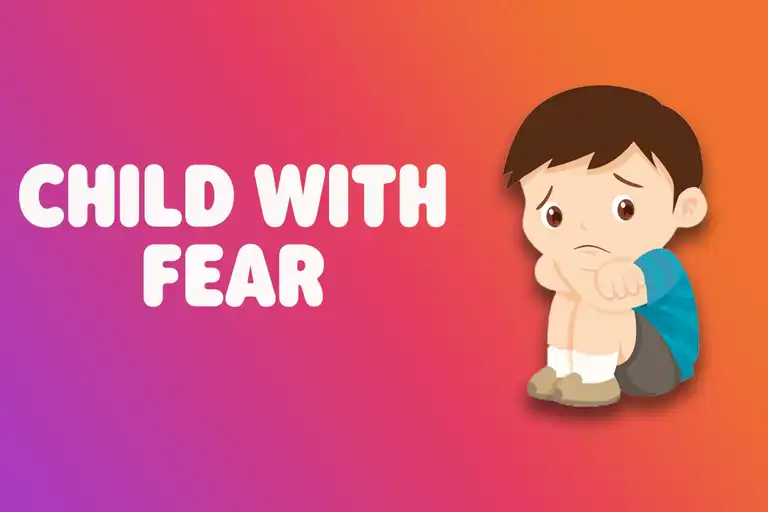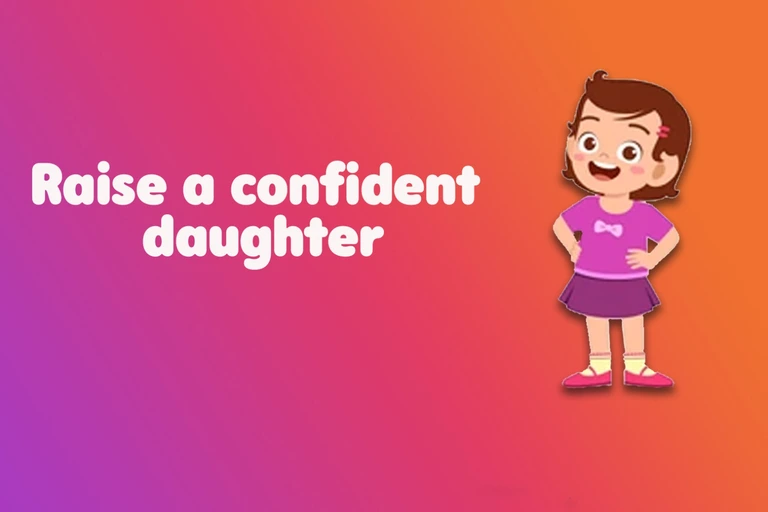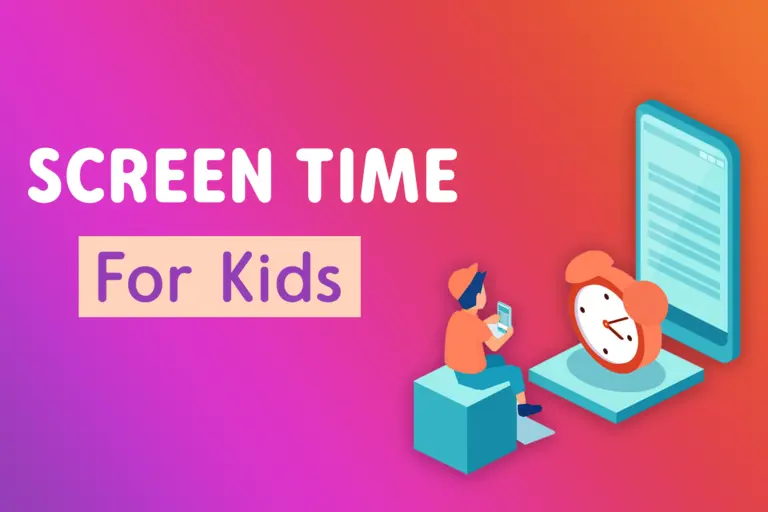10 proven ways of helping Your Child with Fear
Are you looking for strategies to help a child with fear? Get to know age-specific advice for toddlers and preschoolers.
Childhood fears can vary at different stages of a child’s life. Children at various age stages can have different fears and phobias. Newborns and toddlers experience low-density fears. While on the other hand, it’s common for young kids to fear the dark and other high-density fears. As the children grew, they started to develop fears such as a fear of animals, death or height, etc.
Child fear and anxiety are normal. However, it’s essential to help your child cope with the fear and let them know it’s okay to be afraid. Parents can help the child with fear by opting for positive strategies. Parents may also give their childhood fear examples to set an example of fear and fight. It is of utmost importance to take the child’s fears seriously while encouraging them to discuss their anxieties.
Common fears (at different age stages)
The child with fear cope with different levels of fear at different age stages. The density and severity of child anxiety and fear may differ accordingly. Some common child fears are as follows:
From 0-2 Year
The newborns and toddlers are afraid of separation from their parents. These babies are scared of strangers as well. For example, babies cry when they see an unknown family member or a stranger trying to grab them. This child fear is called Separation fear.
From 2-4 years
Kids of this age are primarily afraid of imaginary creatures and monsters. Additionally, they are also fearful of dark places and small rooms. Mostly, kids watch cartoons and animated movies with unreal creatures. They think it is an absolute monster and start to develop fear.
From 4-7 years
At this point, the kids start to experience real-life fears. Fear of height, water, loneliness, war, death, etc. Children at this stage go to primary school; whatever they learn and observe at school, they take it very seriously. Furthermore, children, among friends, talk about different things and share their observations and experiences. These conversations build a fear of certain things.
From 7+ years
TV programs, surroundings, and School conversations influence the next stage of fear. Additionally, the fear is associated with failure and comparison. The child with fear also feels unsafe from older schoolmates and youngsters.
What to do with a child with fear
As stated above, fear is not the problem; the important thing is to opt for positive strategies to help the children overcome fear. Parents should consider the following strategies while sorting out the child’s fear and anxiety.
Listen to them carefully.
First, when a child describes what he is going through, parents must listen attentively and carefully. This attentiveness will assure the child that his parents care about him. In this way, the child will talk more openly.
Accept irrational fears as well.
Sometimes, kids develop irrational fears such as the fear of monsters, Dracula, or any imaginary character. Although these things do not exist in real life, parents must accept that fear. Gently explain the logic behind these fictional characters.
For example, you can say, “Hey, Sweetheart! Dracula is just a character like your favorite Elsa. There is no need to be afraid of it. Mom is always with you. Next time if you imagine Dracula, order him to go back in the iPad.”
Ultimately, the best strategy to sort this fear is the media control. Parents must keep a check and balance on their kid’s media usage. Also, it is advised to limit screen time for toddlers. Use kids’ apps specifically designed for toddlers and preschool children.
Adopt positive gesture
Kids, especially toddlers, do not know the exact words to express their fear. In such conditions, parents must give them hints. Ask questions, and help them express what is in their mind. You can ask them to draw a picture of the monster and then try to recognize it. Express concern and show positive gestures to encourage them.
Remain supportive
A child with fear wants support from his parents. Do not neglect the child. If they come to you to tell you about their fear, give them full attention and support. Parents must help them to cope with the anxiety. Use encouraged words like “great job”, “you did it very well”, etc. Appreciate their efforts in overcoming the fear.
Learn to decode their expressions.
Observe their expressions. Usually, a child with fear closes their eyes and shake or clench their fists while discussing their fear. Try to decode the severity of the fear. Gently calm them, and hug and kiss them on the forehead to ensure your presence and support.
Gently expose them to a specific fear.
It is best practice to expose the child to fear slowly. Kids older than five years can accept logic more quickly than toddlers. For example, if the kid is afraid of the dark, bring him to a dark room, gently hold his hand, and tell them there is nothing to fear. Turn on the light and show him the room is entirely danger-free. In the end, make sure to appreciate his efforts to face the fear.
What not to do with a child with fear
The strategies mentioned above are worth adapting to help children overcome fear. Now, there are some things to avoid doing with a child with fear.
Don’t pretend it’s not a big deal.
Some parents pretend that the fear a child is facing is not a big thing to worry about. This negative approach may lead to permanent fear in the child. Fear does not matter; how parents treat it matters the most. Although certain things are not worth worrying about, for a young kid, they are concerning. So, never neglect the child’s fear. Instead, try to help the child cope with the fear or anxiety.
Please don’t leave them alone in fear.
Ignoring the child and leaving them fearful is not a good practice. This practice will make them feel that the parents are not supportive and do not care about their feelings. Consequently, children who are ignored and left alone in fear and problems become senseless and selfish. They do the same with others, and the chain goes on.
Don’t lie about your fear.
Sometimes, children adopt a fear of their mother or father. For example, if a child observes his mother afraid of a lizard, he will automatically develop the fear. Do not pretend you are not scared of anything, but try to offer solutions to overcome particular worries. Parents can give examples of their childhood fear and how they overcome the fear. It will encourage the child to pick the same strategy to cope with the anxiety.
Closure
Supporting the child with fear and offering possible solutions is the ultimate strategy for parents to help the child overcome fear. With love and support, parents can play a critical role in assisting the child to cope with fear and anxiety. Your support and concern are significant for the emotional and mental development of the child. That’s why we should not adopt any negative technique, as it will leave a lasting impression on the child’s overall growth.







